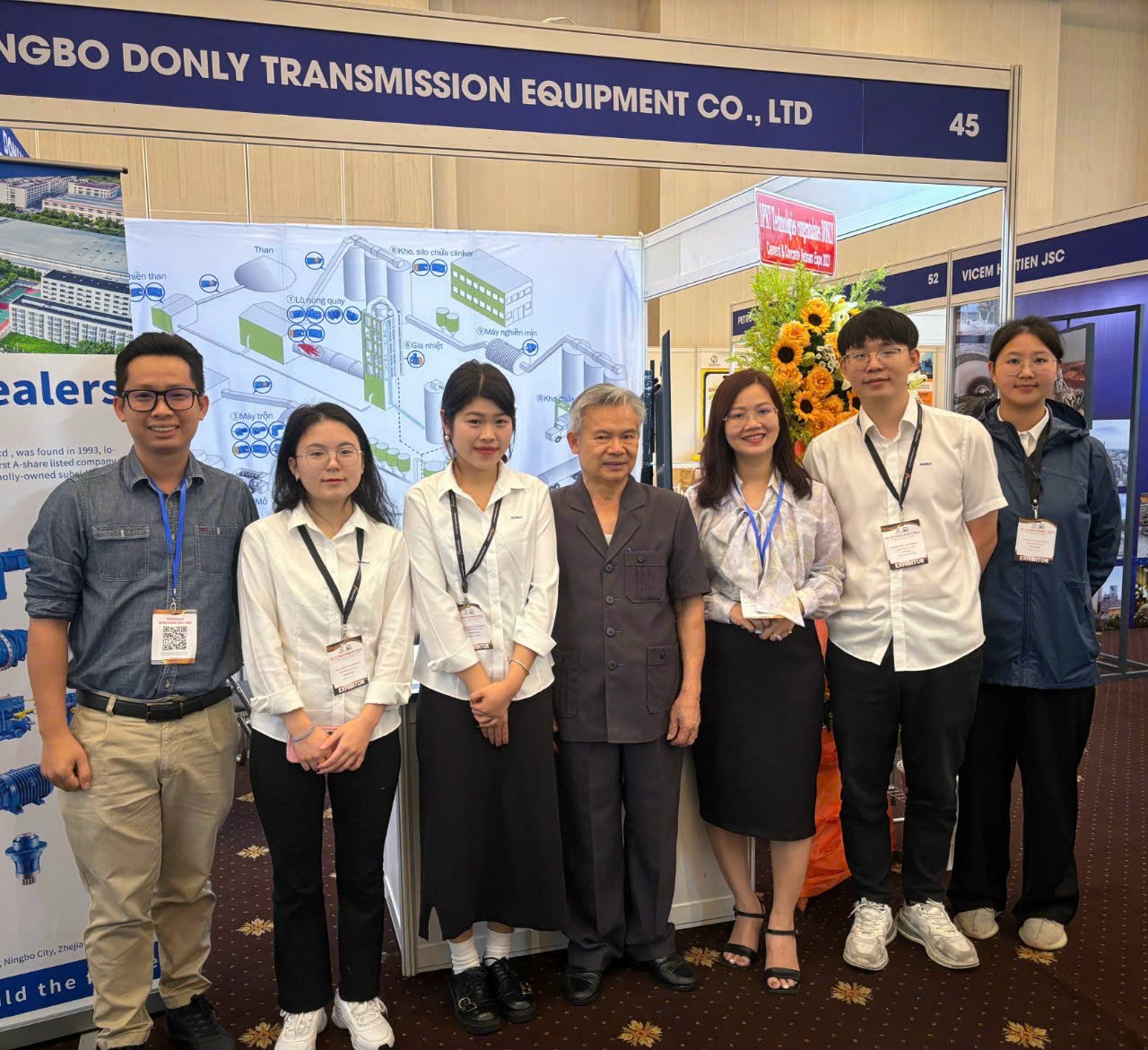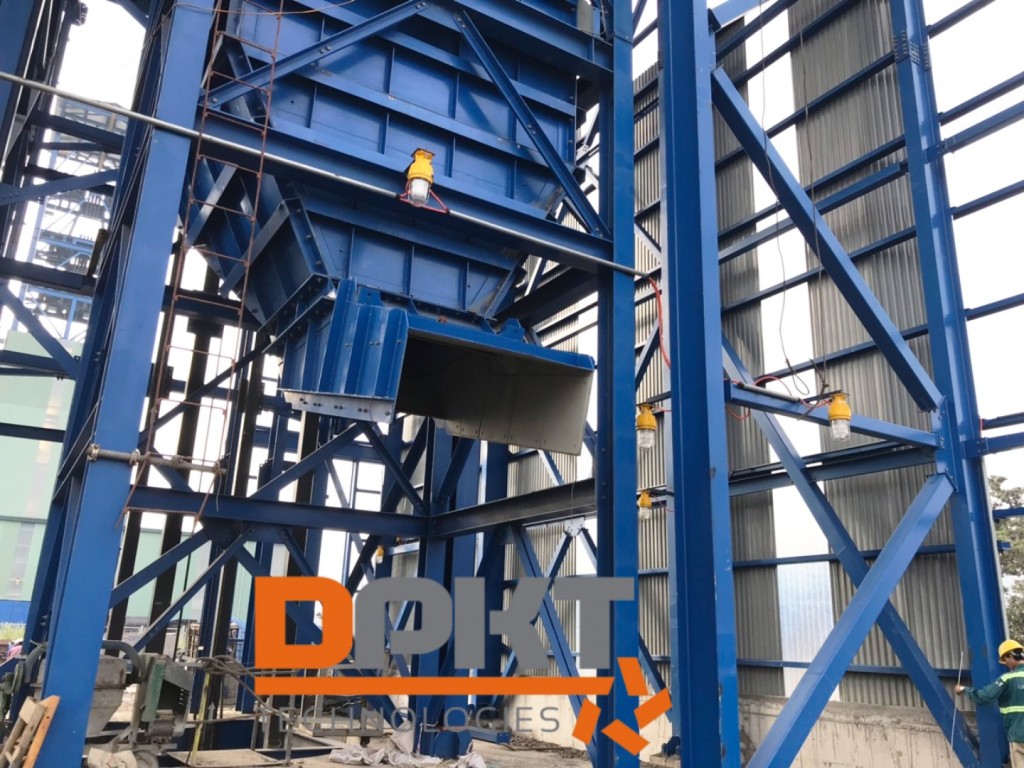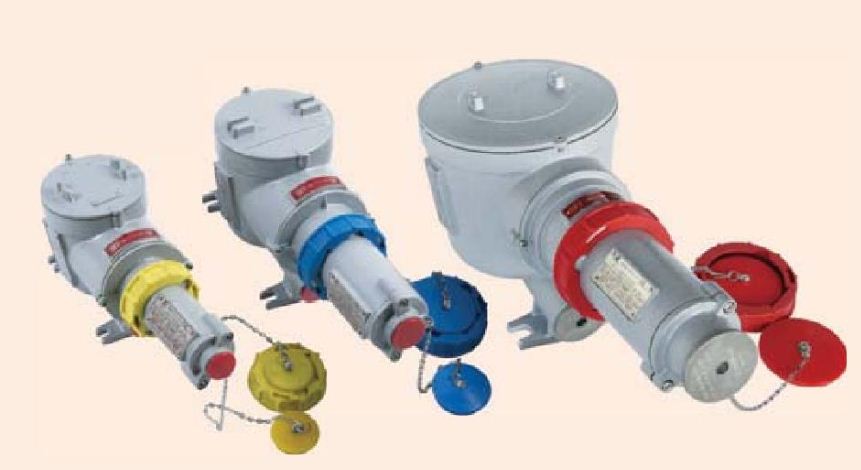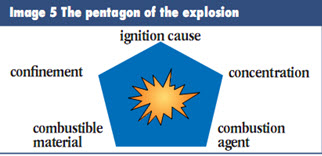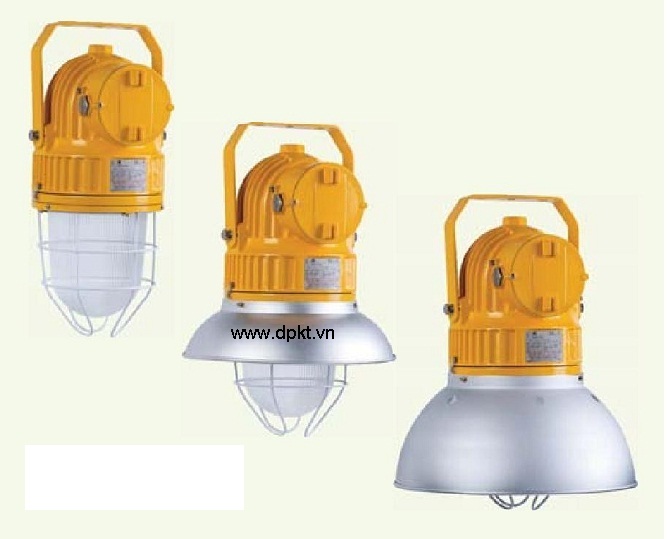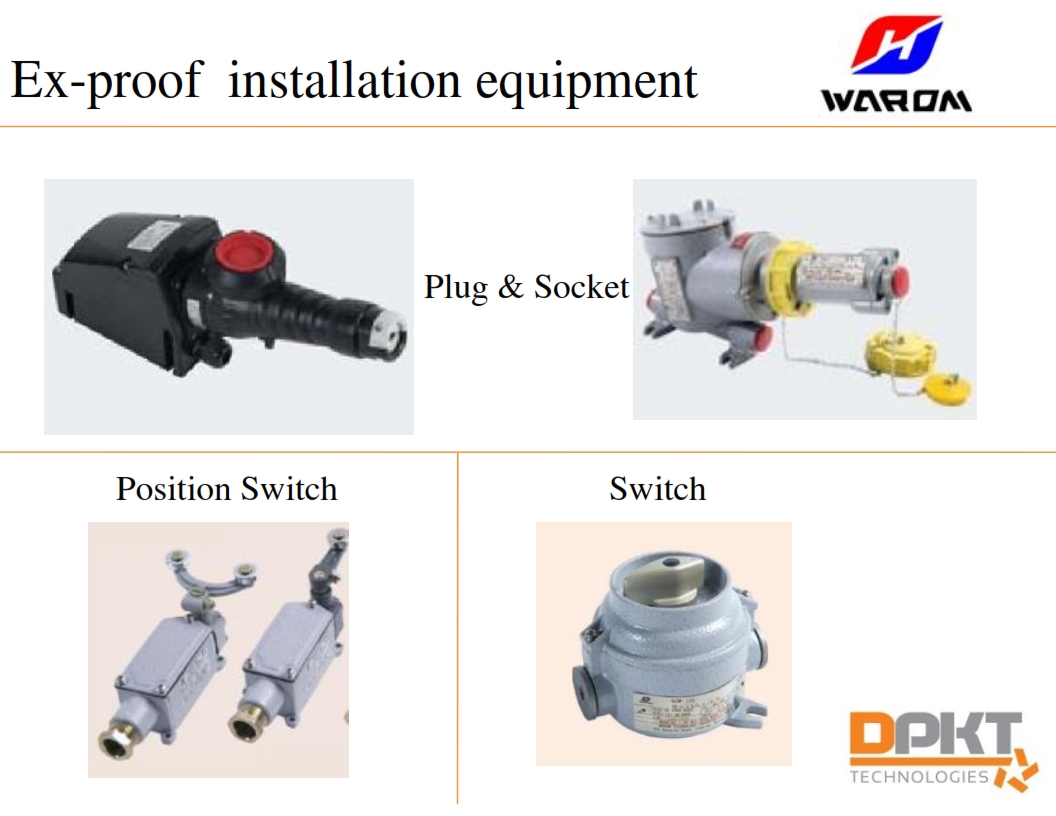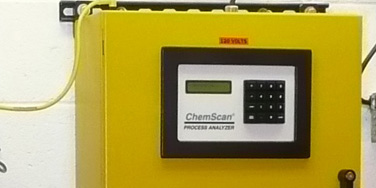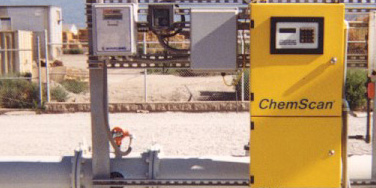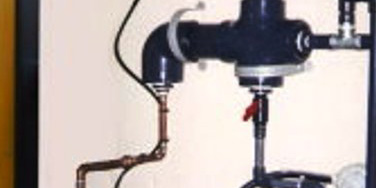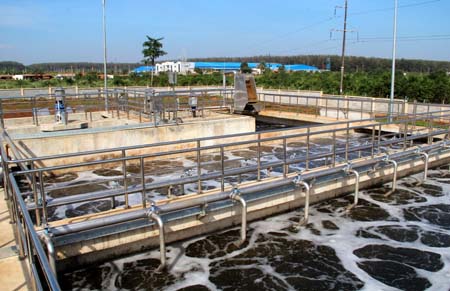Category Post
- All(-)
- NEWS(61)
- BUSINESS NEWS(3)
- COMPANY NEWS(13)
- SPECIALIZED NEWS(45)
Explosion-proof Plugs and Sockets
We supply many types of explosion proof Socket and Plug. It’s have some material like: composite, copper-free aluminium. Some of plug can only can be pulled out when the switch is off, turn on the power after inserting the plug. Certificates: II 2 G Ex d IIC T6 Gb. Expose Fastener: stainless steel. Ingress Protection: […]
Exhibition of Explosion-Proof Electrical Equipment at OGAV 2015
We invite the customers to visit booth number 51 on Explosion-Proof Electrical Equipment of DPKT Technologies company at the OGAV 2015 exhibition. Booth No. 51- OGAV 2015 Exhibition – Sports Arena of Ba Ria – Vung Tau province. Time: December 1, 2015 – December 3, 2015. Address: No. 100 Nguyen An Ninh, City. Vung Tau, […]
What is ATEX explosion-proof electrical equipment standard?
1. What is Explosion Proof: The term explosion proof describes electrical and non-electrical fixtures that can prevent explosions from occurring, and withstand explosions when they occur. An electrical product that is marked explosion-proof means that this product has an apparatus enclosed in a case that is capable of withstanding an explosion of a specific gas […]
IP index in explosion-proof standards
The first digit indicates the level of protection that the enclosure provides against access to hazardous parts (e.g., electrical conductors, moving parts) and the ingress of solid foreign objects 1. Solid Ingress Protection Level Object size protected against Effective against 0 — No protection against contact and ingress of objects 1 >50 mm Any large surface […]
Warom explosion-proof lights fitting
Many of the questions that we get asked on a regular basis relate to understanding exactly what is an “explosion-proof” light. Customers often confuse this terminology with other labels that they’ve heard before, or often have not had the function of the light explained to them. Let’s try to clarify some of the confusion. First […]
Ammonia Feed
Statement of the Problem Many utilities want to control a chloramination process by using existing chlorine residual analyzers in combination of with an analyzer able to detect free ammonia at trace concentration in the presence of chloramine. Up to the point of maximum monochloramine formation, a free ammonia residual will be present. This represents a […]
Color Analysis
Background Color analysis is any technique by which an unknown color is evaluated in terms of known colors. Color analysis is widely used in scientific studies involving the appearance of objects and lights, and is of great importance for the analysis of raw materials and finished products of industry. Color Analysis is also important for […]
Distribution Monitoring
Statement of the Problem Water systems are responsible not only for water quality at the end of the treatment process, but throughout the entire distribution system. This requires that treatment plants establish a disinfectant residual and maintain this residual throughout the distribution system. The Stage 1 Disinfectants and Disinfection Byproducts Rule (DBPR) applies to all […]
Processum aerationis compesce et energiam in processu aerationis conservare.
Statement of the Problem One major use of energy in a wastewater treatment facility is for operation of mechanical systems designed to introduce oxygen into the wastewater. This oxygen is necessary for biological treatment of carbonaceous matter (secondary treatment) and for oxidation of ammonia into nitrite and nitrate (nitrification). The transfer of oxygen can be […]



